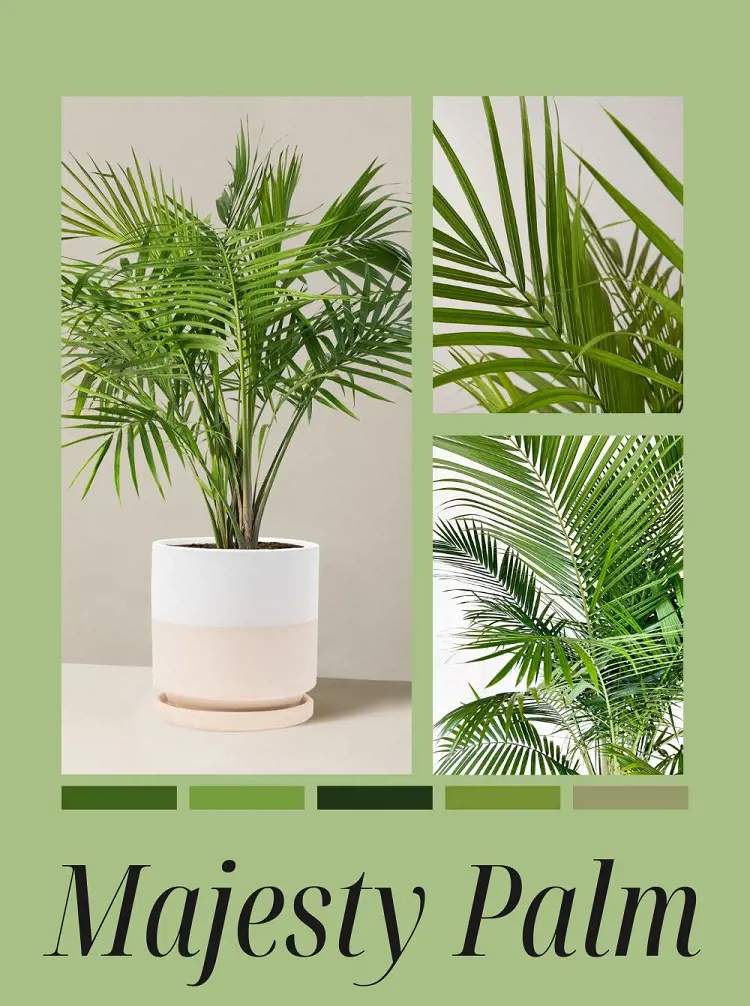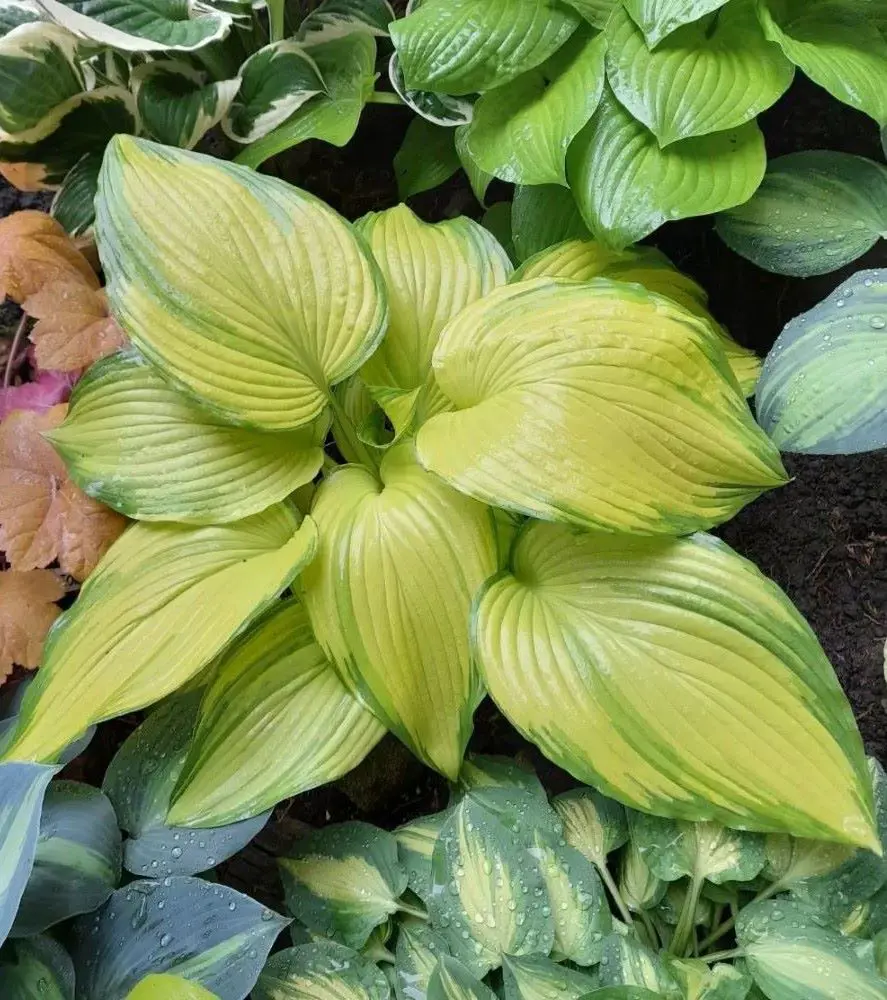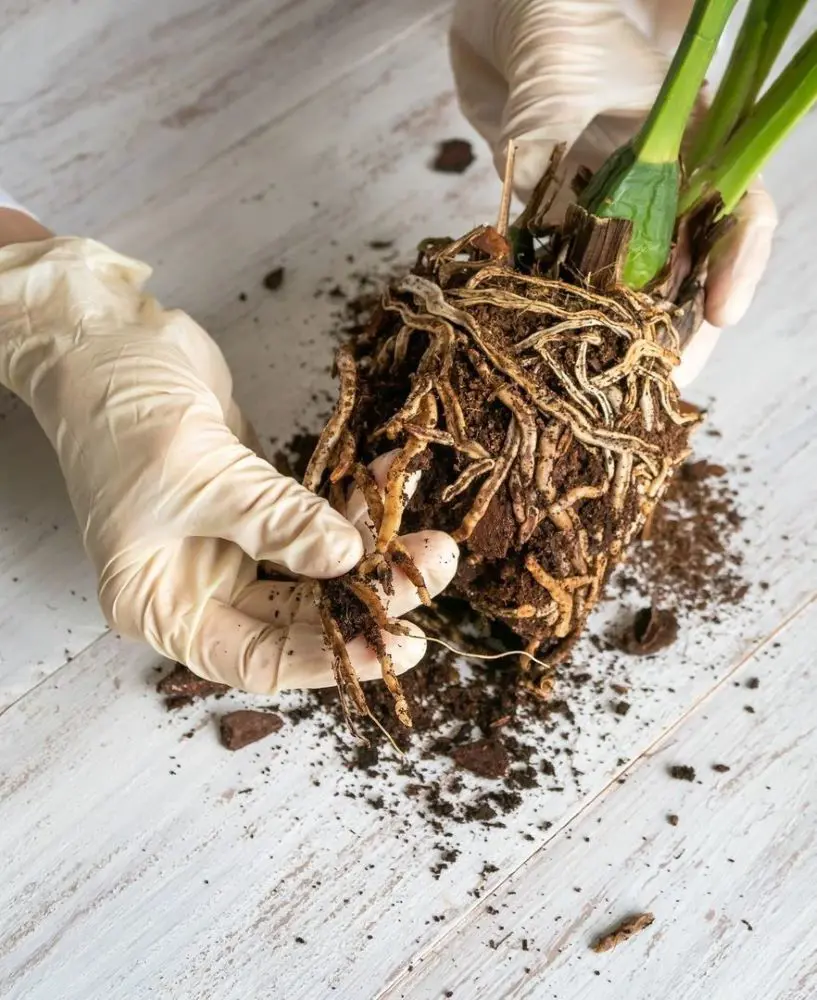Plumeria Flower Care With Blooming Tips
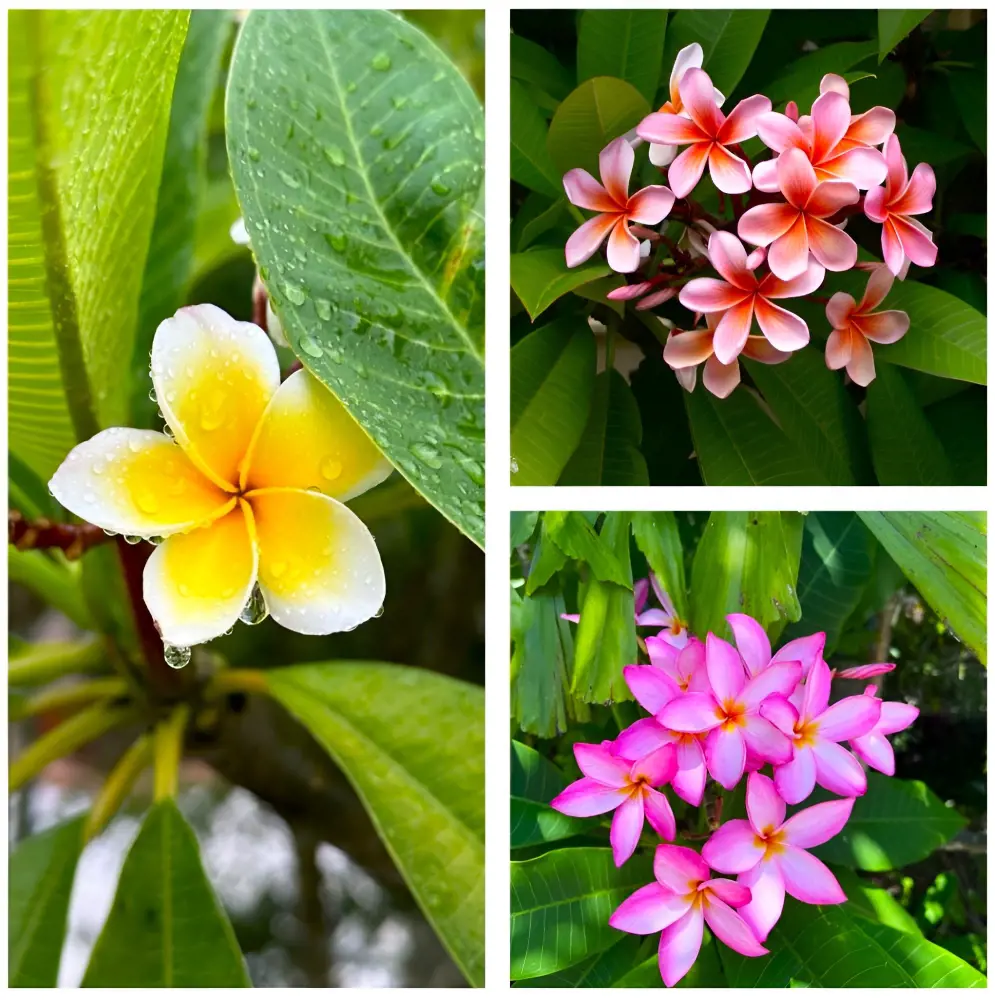
This post may contain affiliate links. If you make a purchase through links on our site, we may earn a commission.
Plumeria, often referred to as frangipani, embodies the essence of tropical beauty with its enchanting blooms and captivating fragrance. Native to tropical and subtropical regions, particularly Central America, the Caribbean, and Southeast Asia, this stunning flower has become a beloved symbol of exotic landscapes and warm climates around the world.
Plumeria flowers typically have five petals arranged in a spiral pattern, forming delicate, star-shaped blooms. These blooms can vary in size from small and dainty to large and bold, depending on the variety.
Encouraging plumeria to bloom can require some attention to their specific needs, but it's not overly difficult with the right care.
How To Get Plumeria To Flower?
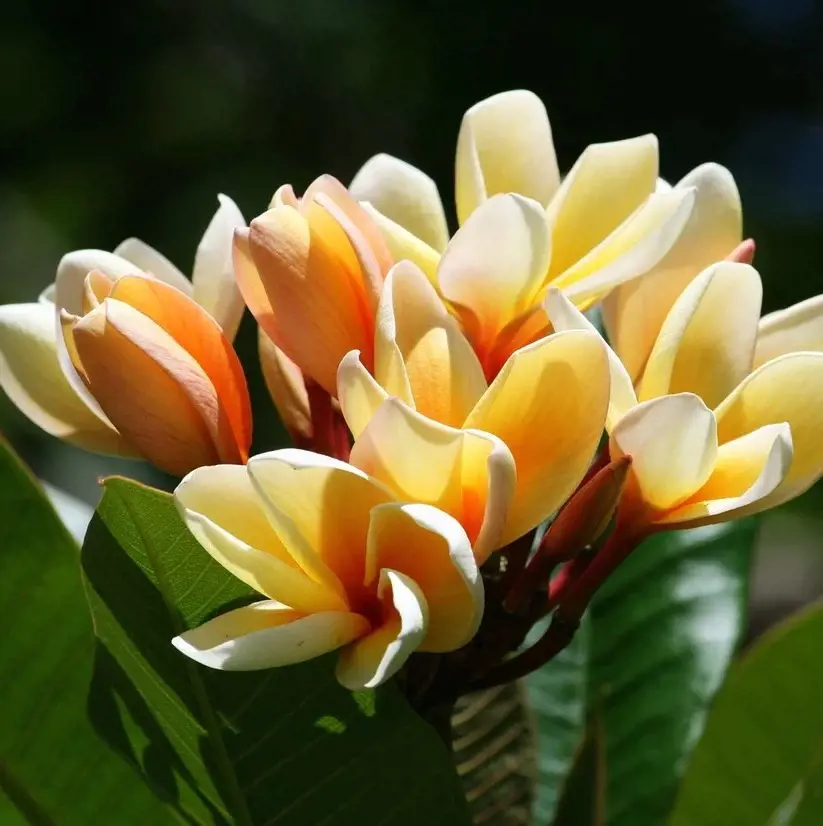
Flowering plumeria has an enchanting fragrance. Often described as sweet, fruity, or even reminiscent of jasmine, the scent of plumeria is highly aromatic and has the power to transport the senses to distant tropical paradises.
The Plumeria flower stands as a testament to the beauty and resilience of nature, captivating hearts and minds with its radiant blooms and intoxicating fragrance. Whether adorning tropical landscapes, gardens, or floral arrangements, the plumeria continues to enchant and inspire all who encounter its timeless charm.
Even though plumerias are stunning, getting them to bloom can feel like a bit of a mystery sometimes. Here is a guide on how to get plumeria to bloom:
Provide Adequate Sunlight

To successfully encourage plumeria flowers to bloom, it's crucial to provide optimal care tailored to their specific needs. Start by ensuring your plumeria receives ample sunlight, preferably 6–8 hours of direct sunlight daily, as sunlight is essential for robust flowering. Additionally, maintain a warm environment, as plumeria thrive in temperatures between 65°F and 80°F (18°C and 27°C), avoiding exposure to cold drafts or frost, which can hinder blooming.
Proper Watering
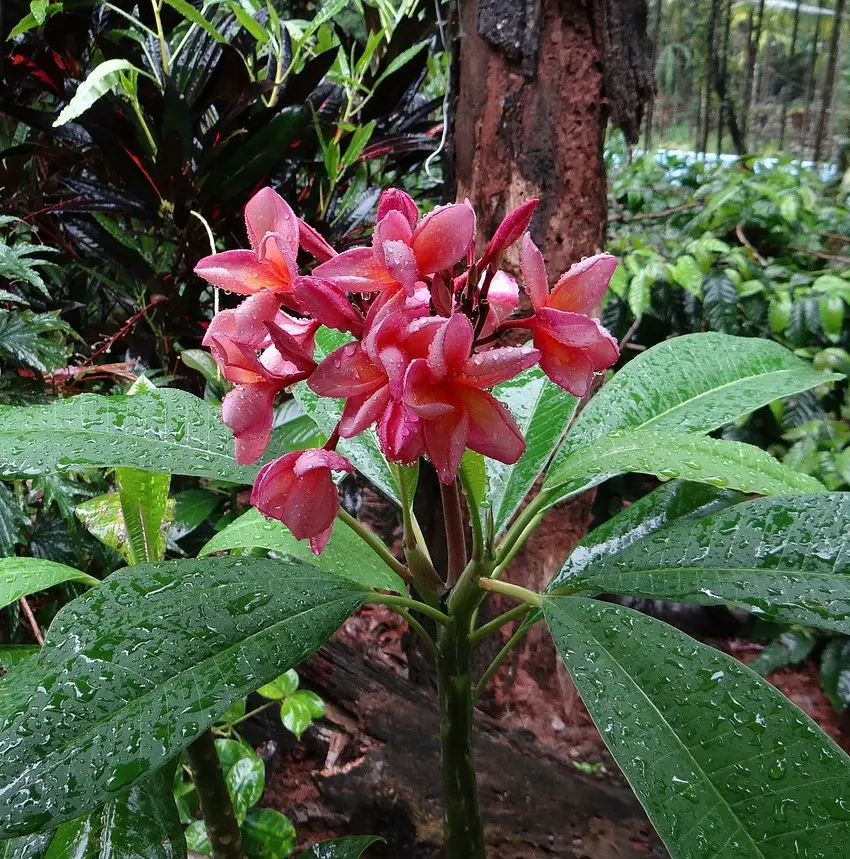
Plumeria blooming requires proper watering for health and flowering. Aim for the "soak and dry" method:
- Deep Soak: When the top inch of soil feels dry, give your plumeria a thorough drenching until water drains freely from the pot's bottom.
- Dry Spell: Then, let the soil dry completely before watering again. This prevents waterlogging, which can suffocate the roots and stop those blooms from popping up.
Frequency Check: During active growth (spring and summer), water roughly once a week. In winter dormancy, water is used much less frequently, maybe once a month or even less, depending on your climate. Remember, underwatering is better than overwatering.
Well-drained Soil
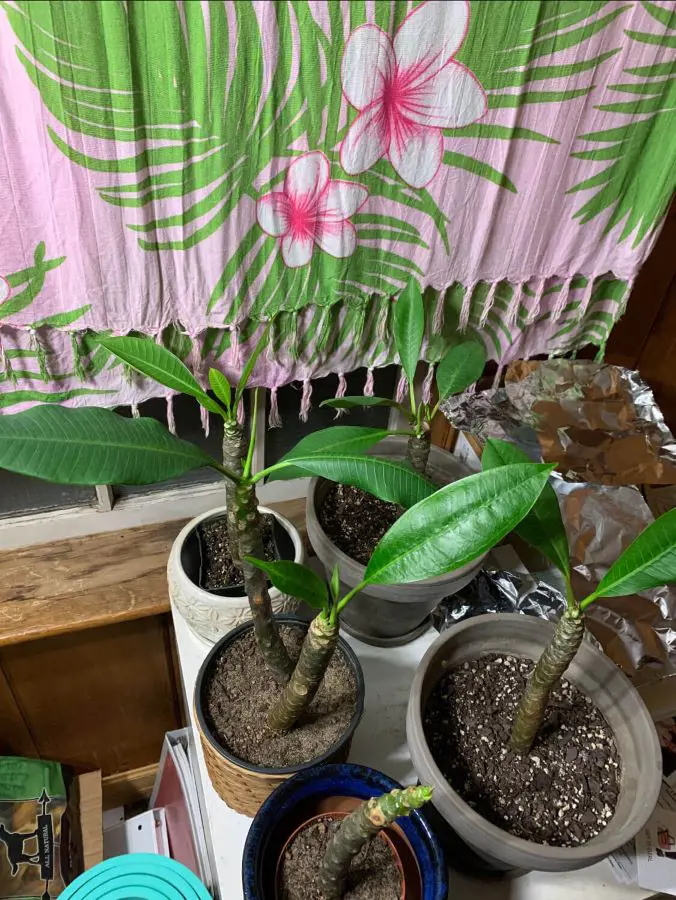
Plumeria plants thrive in a well-draining type of soil that provides a balance of aeration, moisture retention, and nutrient availability. The ideal soil mix for plumeria mimics the conditions of their native habitat, which is typically sandy or loamy soil with good drainage.
A well-draining soil mix prevents water from pooling around the roots, which can lead to root rot and other moisture-related issues. It allows excess water to drain away, ensuring that the roots have access to oxygen, which is essential for healthy growth and blooming.
Use a Fertilizer High in Phosphorus
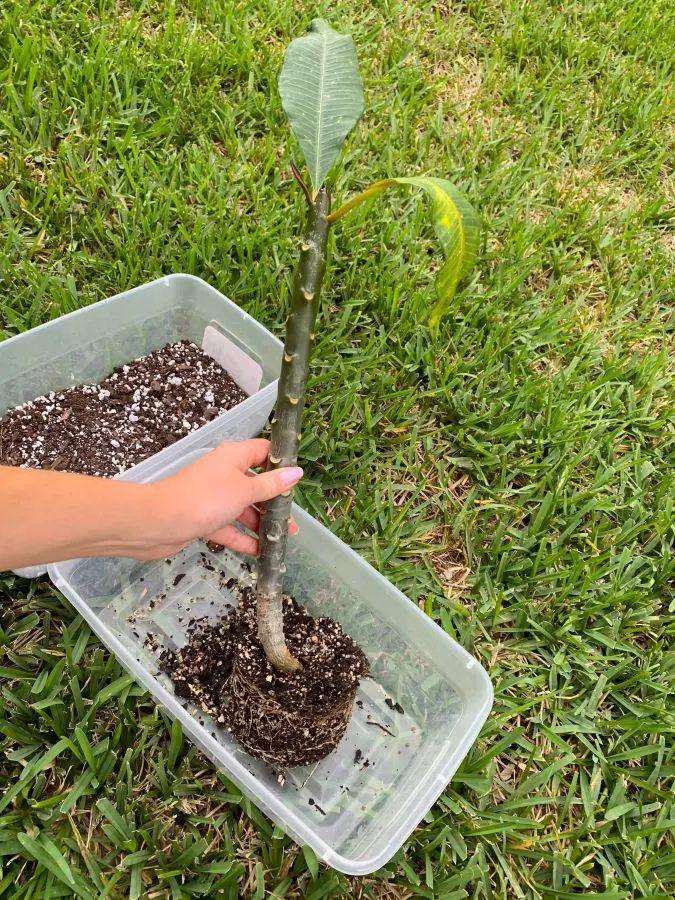
Understanding fertilizer and how to use it effectively is essential for maximizing the beauty of your plumeria blooms. When choosing a fertilizer for plumeria, it's important to select one with a formulation that supports flowering and is typically characterized by a higher phosphorus content.
Look for a fertilizer with a higher middle number in the N-P-K ratio, such as 10-30-10 or 5-30-5, which indicates a higher phosphorus concentration.
During the growing season, which typically spans from spring to early fall, apply fertilizer to your plumeria every 2–3 weeks. Dilute the fertilizer according to the manufacturer's instructions and apply it to moist soil around the base of the plant, avoiding direct contact with the leaves to prevent burning. Water the plant thoroughly after applying fertilizer to help distribute the nutrients into the soil.
During the dormant season, which usually occurs in winter, reduce or suspend fertilization to coincide with the plant's natural resting period.
Careful Pruning
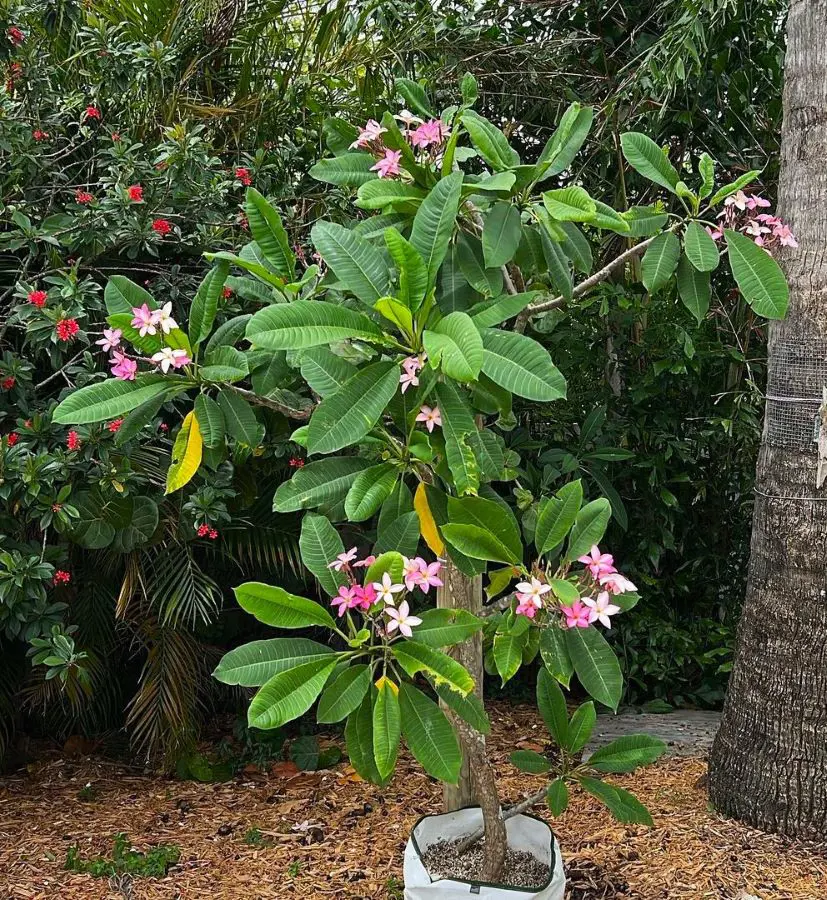
Pruning plays a crucial role in the care of plumeria plants, helping to maintain their shape, stimulate growth, and encourage abundant flowering. Prune plumeria during the dormant season (winter) to remove dead or diseased branches and encourage new growth. Avoid pruning during the flowering season, as this can remove flower buds and hinder blooming.
Here is a brief guide on how to prune plumeria:
Tools
- Use sharp and clean pruning shears or loppers to make clean cuts without damaging the plant.
- Disinfect pruning tools with rubbing alcohol or a 10% bleach solution before and after use to prevent the spread of diseases.
Techniques
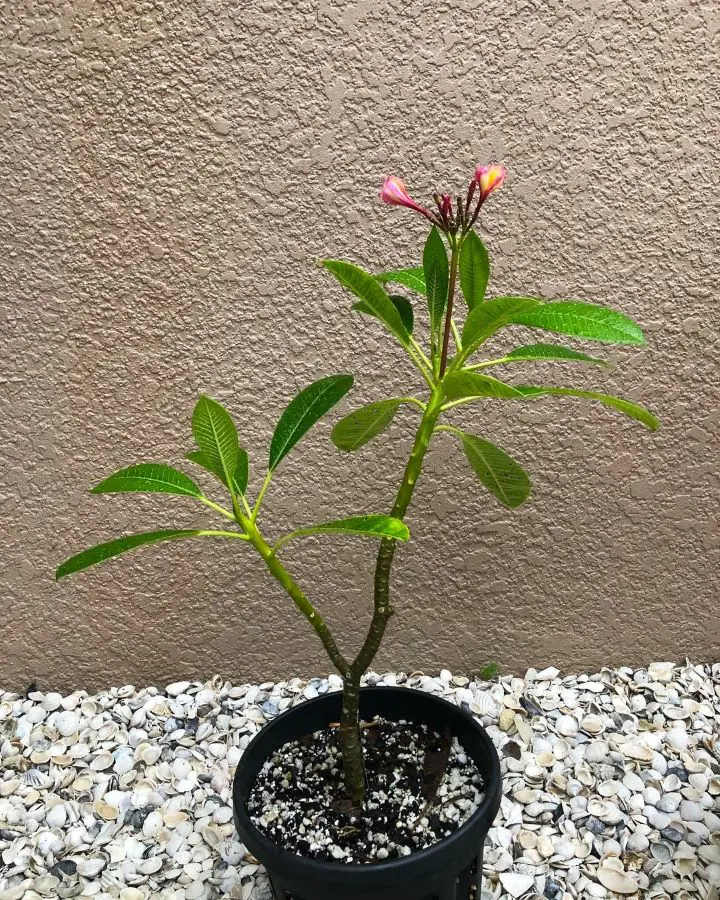
- Start by inspecting the plumeria plant for any dead, damaged, or diseased branches. These should be pruned first to prevent the spread of disease and improve air circulation.
- Make clean cuts just above a leaf node or branch junction using sharp pruning tools. Cut at a 45-degree angle to promote healing and minimize the risk of water pooling on the cut surface.
- Remove any suckers or unwanted shoots that are growing from the base of the plant or along the trunk.
- To shape the plant, selectively prune branches to achieve the desired form. Plumeria can be pruned to maintain a single trunk or to create a more bushy appearance with multiple stems.
- Avoid removing more than one-third of the plant's total foliage at once to prevent stress and promote healthy regrowth.
Pest and Disease Control
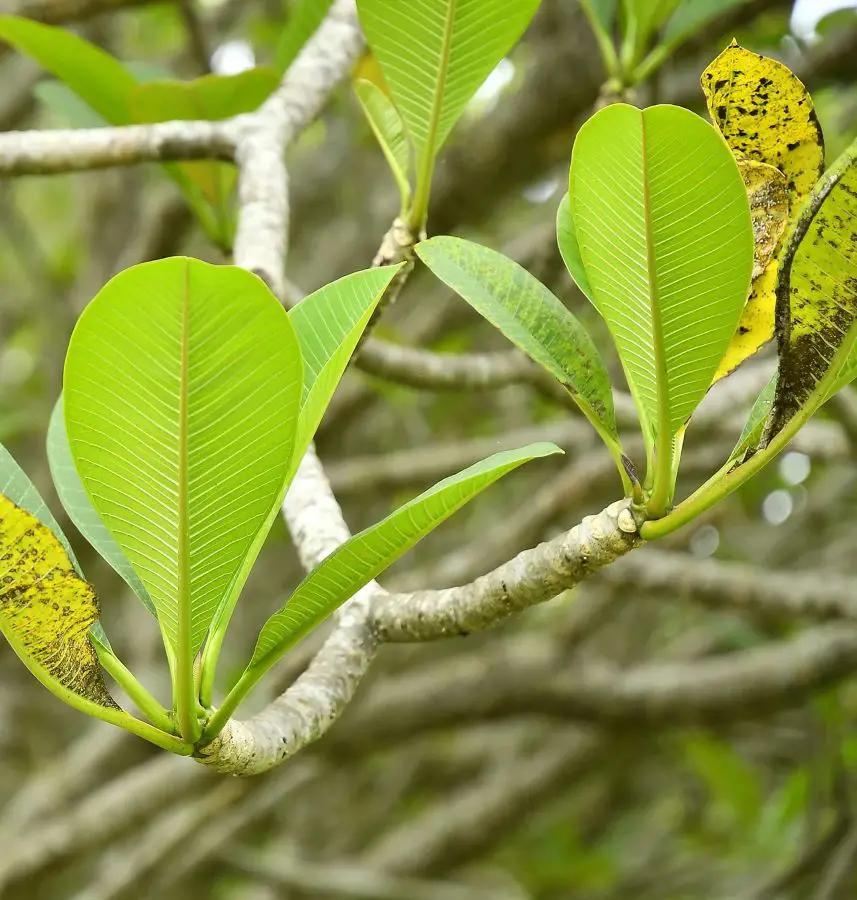
Common pests that may affect plumeria include aphids, spider mites, and mealybugs. These pests can infest the foliage, sucking sap from the leaves and stems, which can weaken the plant and inhibit blooming. To control these pests, organic remedies such as insecticidal soap or neem oil can be applied. There are many advantages to using neem oil for plants.
These solutions effectively suffocate and repel pests without harming the plants or beneficial insects. Additionally, maintaining a clean growing environment by removing fallen leaves and debris can help prevent pest infestations.
In terms of diseases, plumeria are susceptible to fungal infections such as powdery mildew and black spots. Proper watering practices, such as watering the soil rather than overhead irrigation, can also help prevent fungal diseases by reducing moisture in the foliage.
Overwintering Care
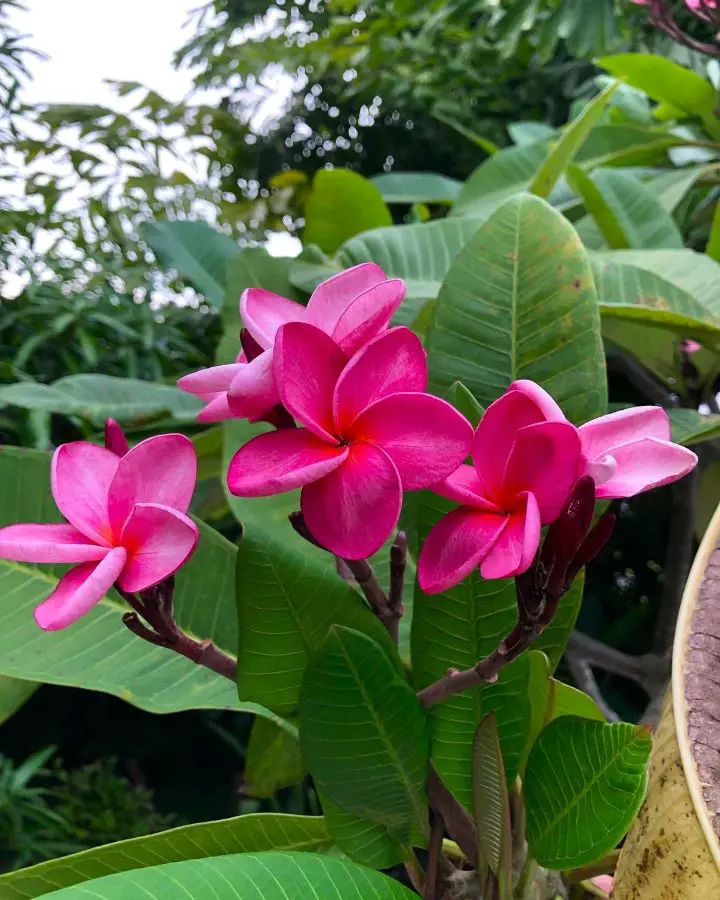
Overwintering care is crucial for plumeria, especially in regions with colder climates where temperatures can drop below the plant's tolerance level.
When preparing to overwinter plumeria, start by bringing the plants indoors before the first frost hits. Choose a suitable location, such as a bright, cool room with temperatures ideally around 50–55°F (10–13°C).
During the winter months, reduce watering frequency as plumeria require less water when they are dormant. While plumeria may lose their leaves during dormancy, this is a normal part of their natural cycle, so there's no need for concern.
Regularly inspect the plumeria for signs of pests or diseases, as indoor conditions can sometimes encourage infestations.
Practice Stress Induction
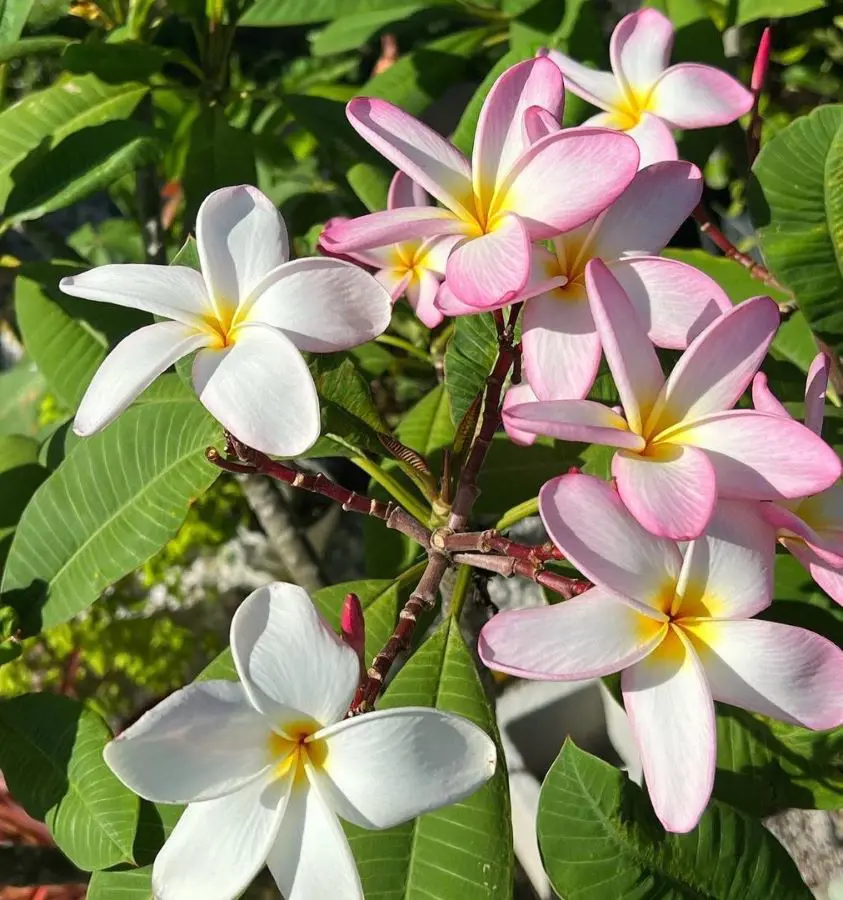
Stress induction, in the context of plumeria care, involves intentionally subjecting the plant to mild stressors to encourage blooming. This technique is based on the premise that when a plant experiences stress, it redirects its energy towards reproduction as a survival mechanism.
There are several methods gardeners employ to induce stress in plumeria:
- Water and fertilizer reduction: During the growing season, slightly reducing the frequency and amount of water and fertilizer provided to the plumeria can mimic drought conditions.
- Temperature manipulation: Exposing the plumeria to slightly cooler temperatures than optimal for growth (but not below 50°F or 10°C) for a short period can also induce stress.
- Root pruning: In some cases, gardeners may intentionally prune or disturb the roots of plumeria to induce stress.
- Light intensity: Altering the light exposure, such as temporarily reducing the amount of sunlight the plant receives, can also induce stress.
Be Patient
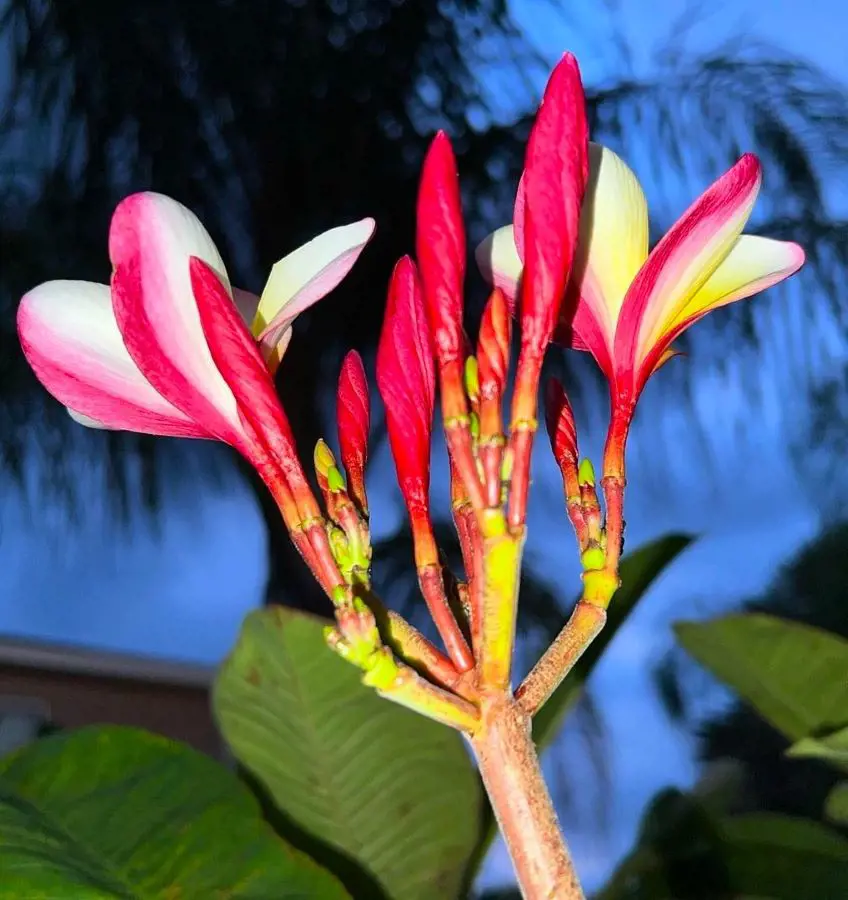
Plumeria bloom take some time to establish. Plumerias, like many flowering plants, operate on their schedule, influenced by various factors such as age, environmental conditions, and overall health.
Young plumeria plants, especially those grown from cuttings, may require several years before reaching maturity and producing their first blooms.
Even established plants may experience periodic cycles of growth and dormancy, particularly in response to seasonal changes. During these dormant periods, plumeria may shed leaves and appear seemingly inactive, testing the patience of gardeners awaiting signs of new growth and flowering.
However, with consistent care and attention to their needs, including proper sunlight, watering, fertilization, and pest control, plumeria plants gradually develop the energy reserves necessary for robust flowering.
Factors That Hinder Blooming

Encouraging vibrant blooms from plants like plumeria involves understanding the delicate balance of environmental factors, care practices, and plant physiology. However, despite our best efforts, several factors can thwart the blooming process, leaving gardeners perplexed and disappointed.
Several factors can hinder plumeria from blooming:
- Insufficient Sunlight: Lack of adequate sunlight, typically at least 6–8 hours of direct sunlight per day, can inhibit flowering.
- Low Temperatures: Cooler temperatures, especially below 50°F (10°C), can hinder blooming and may even cause damage to the plant.
- Overwatering: Soggy soil can suffocate the roots and prevent the plant from taking up essential nutrients, leading to reduced blooming.
- Poor Soil Drainage: Plumeria prefer well-draining soil. Soil that retains too much moisture can lead to root rot and other issues that hinder blooming.
- Lack of Fertilization: Failure to fertilize or use a fertilizer with inadequate phosphorus levels can result in reduced blooming.
- Stress Factors: Stress can divert the plant's energy away from flowering and towards survival, leading to reduced blooming.
By addressing these potential hindrances and providing proper care tailored to the needs of plumeria plants, you can encourage healthy growth and abundant blooming.
Plumeria Varieties with Blooming Tips
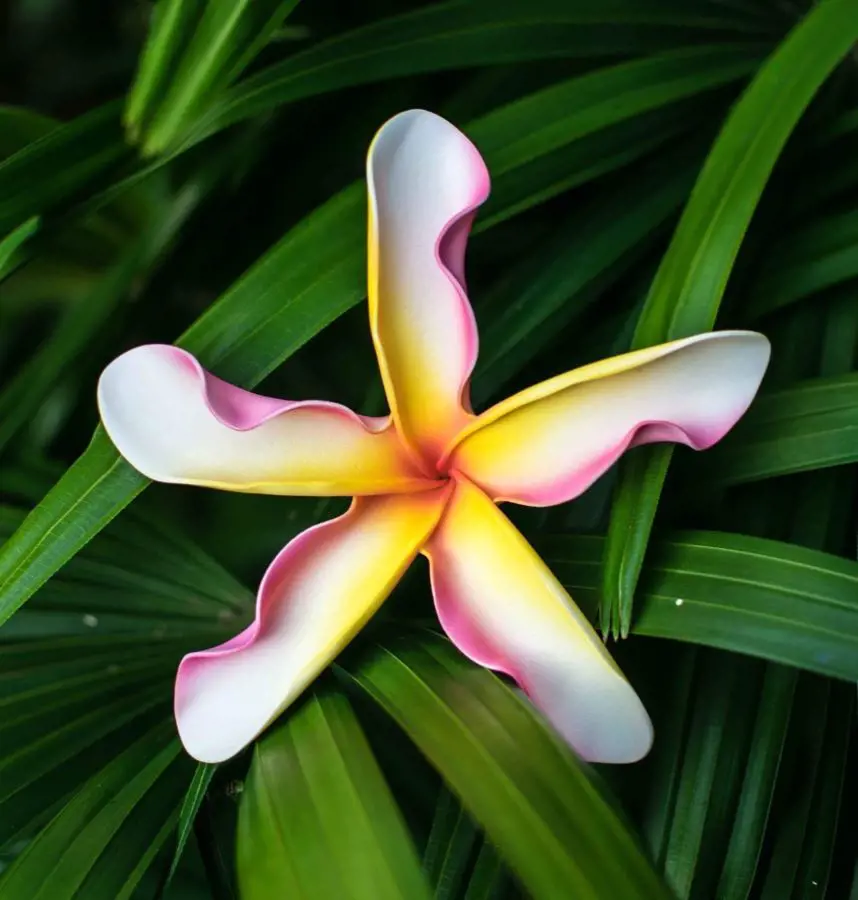
Plumerias come in a variety of cultivars, each with its own unique characteristics, including flower color, fragrance, and growth habits. Here are some popular plumeria cultivars, along with specific tips for encouraging flower blooms:
Plumeria rubra (Red Frangipani)

Also known as the common plumeria or red frangipani, Plumeria rubra is one of the most widely cultivated species. It typically produces clusters of fragrant flowers in shades of white, yellow, pink, or red, often with a combination of colors in the same bloom. Plumeria rubra is native to Central America and the Caribbean, where it holds cultural significance and is often used in traditional ceremonies and rituals.
Plumeria obtusa
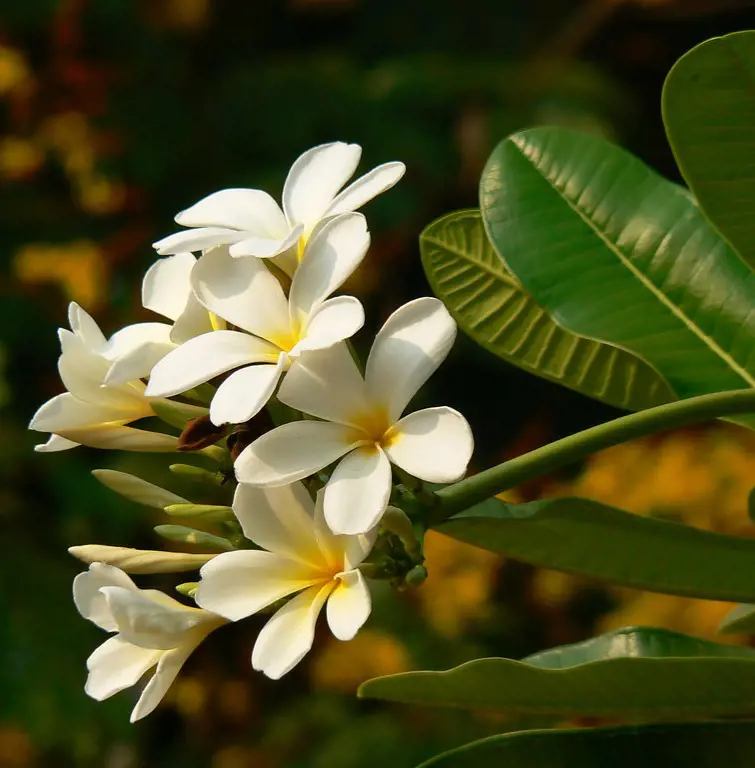
Commonly known as the Singapore plumeria or white frangipani, Plumeria obtusa is characterized by its glossy, dark green leaves and pure white flowers. Unlike many other plumeria species, Plumeria obtusa blooms are typically non-fragrant. This species is native to the Caribbean and parts of South America, but it has been widely cultivated in tropical regions worldwide.
Plumeria alba
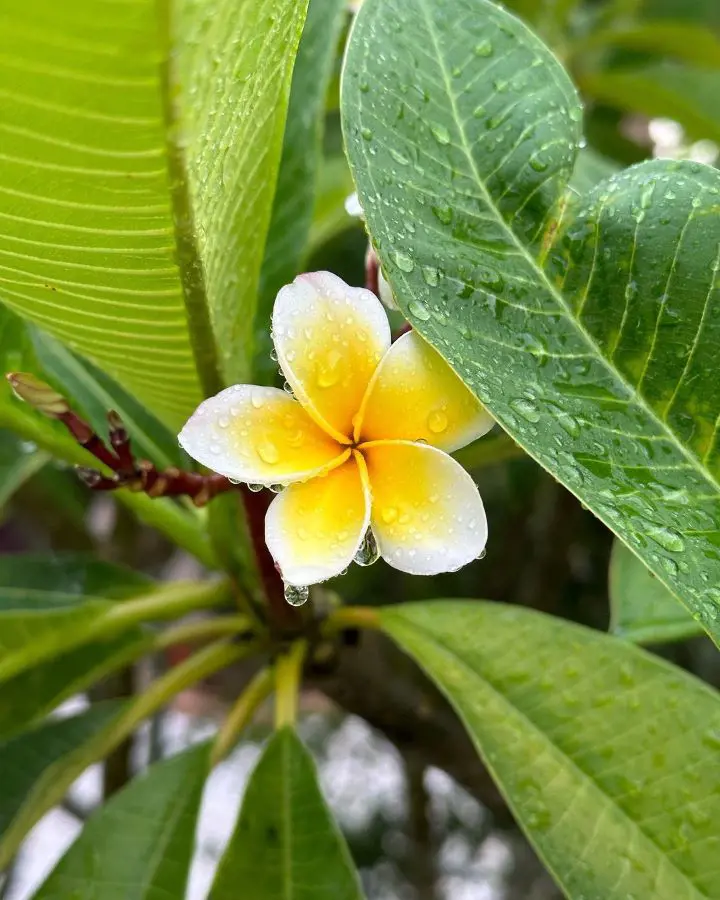
Also referred to as the white plumeria or pagoda tree, Plumeria alba is prized for its clusters of creamy white, highly fragrant flowers. It is native to the Caribbean and parts of Central America, where it is often planted for its ornamental beauty and sweet fragrance. It is also known for its milky sap, which has been used in traditional medicine for various purposes, including treating skin ailments and inflammation.
Plumeria stenopetala
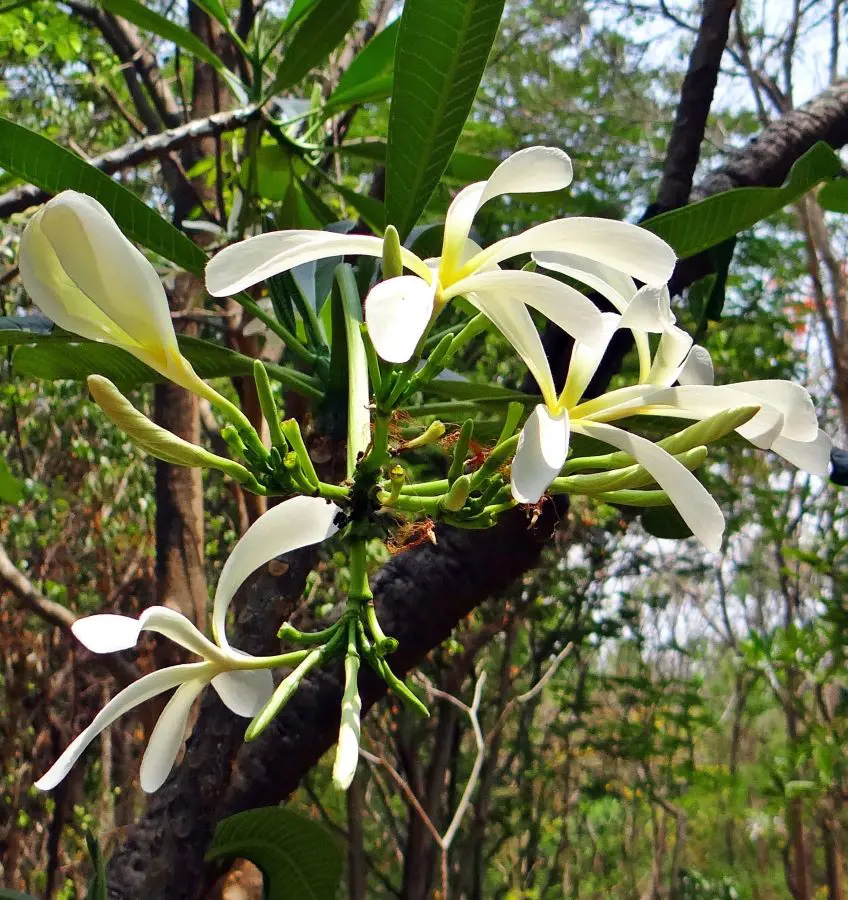
Plumeria stenopetala, commonly called the "ribbon leaf" plumeria, is characterized by its narrow, elongated leaves that give it a unique appearance compared to other plumeria species. This species produces clusters of small, star-shaped flowers with narrow petals, typically in shades of white or pale pink. It is native to Mexico and Central America and is prized by collectors for its distinctive foliage and delicate blooms.
Recent posts
Plant Care
Plant Care
How To Plant, Grow and Care Majesty Palm
The majestic palm, scientifically known as Ravenea rivularis, makes for a stunning indoor tree with its lush and grand fronds. Originating from Madagascar's river banks, this resilient houseplant is cherished not only for its beauty but also for its ...
Plant Care
How To Grow And Care For A Hosta Plant
Hosta plants are widespread perennials, often grown for their beautiful and diverse foliage. They are extremely easy to care for and can thrive in various conditions, particularly shade or semi-shade. These hardy plants can last for many years and re...
